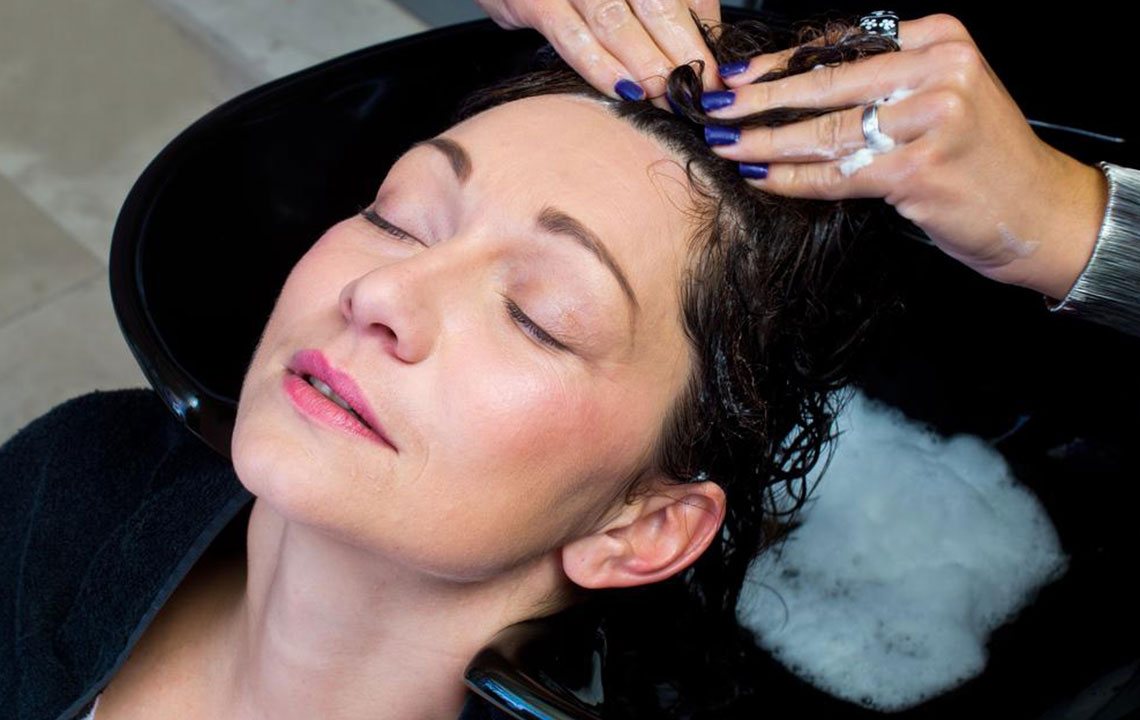3 home remedies for seborrheic keratosis removal
Seborrheic keratosis is a noncancerous skin growth mostly observed in older adults. Although the growths are noncancerous, they appear like skin cancer. The growths usually appear on back, shoulders, chest, or face. The growths are light tan, black, or brown. The growths are harmless but may cause irritation due to certain clothes or even for cosmetic purposes due to their unappealing appearance. Although they require no treatment, seborrheic keratosis removal can be done if the affected person finds it difficult to go through daily routines due to the growths.

Seborrheic keratosis initially appears as small spots, which then progresses to develop a scaly surface that can be either a little elevated or flat. The growths are wart-like and have a waxy or pasted appearance. There might be a single growth or a cluster of growths. Seborrheic keratosis removal can be done at home with a few natural remedies. Here are a few natural methods for seborrheic keratosis removal:
- Aloe vera : This method of seborrheic keratosis removal is recommended for the areas where the growth is visible, for instance, on the face. Aloe vera has a lot of medicinal properties. It is widely used to treat a lot of skin disorders and allergies. Store-bought aloe vera gel can be applied to the affected area for 4 to 6 times a day. Changes will be visible in a week or so. The color of seborrheic keratosis will fade, and it will flatten. Continue applying aloe vera till the growths become pale and lose their raised appearance.
- Milkweed : Also known as petty spurge, this plant grows wild in California. The solution made from this plant is extremely powerful. It is often used to remove skin warts. It is necessary to be cautious while using this method of seborrheic keratosis removal. Apply a single small drop of the solution only to over the seborrheic keratosis spot. Be careful not to let the surrounding skin come in contact with the petty spurge. Apply it once or twice daily depending on the size of the seborrheic keratosis. The growth will fall off in a couple of weeks. Treat the scar tissue with Arnica cream.
- Apple cider vinegar: This is one of the most popular natural seborrheic keratosis removal. Apply apple cider vinegar to the affected area with a Q-tip or a cotton ball. Use pure organic apple cider vinegar. Apply it 3 to 5 times a day. It will take at least a couple of weeks to notice any changes in seborrheic keratosis growth. Continue to apply the solution until the growth goes away completely.
In case there are any reactions to the first application of these home remedies or the seborrheic keratosis does not go away, consult a doctor for a more effective treatment.




